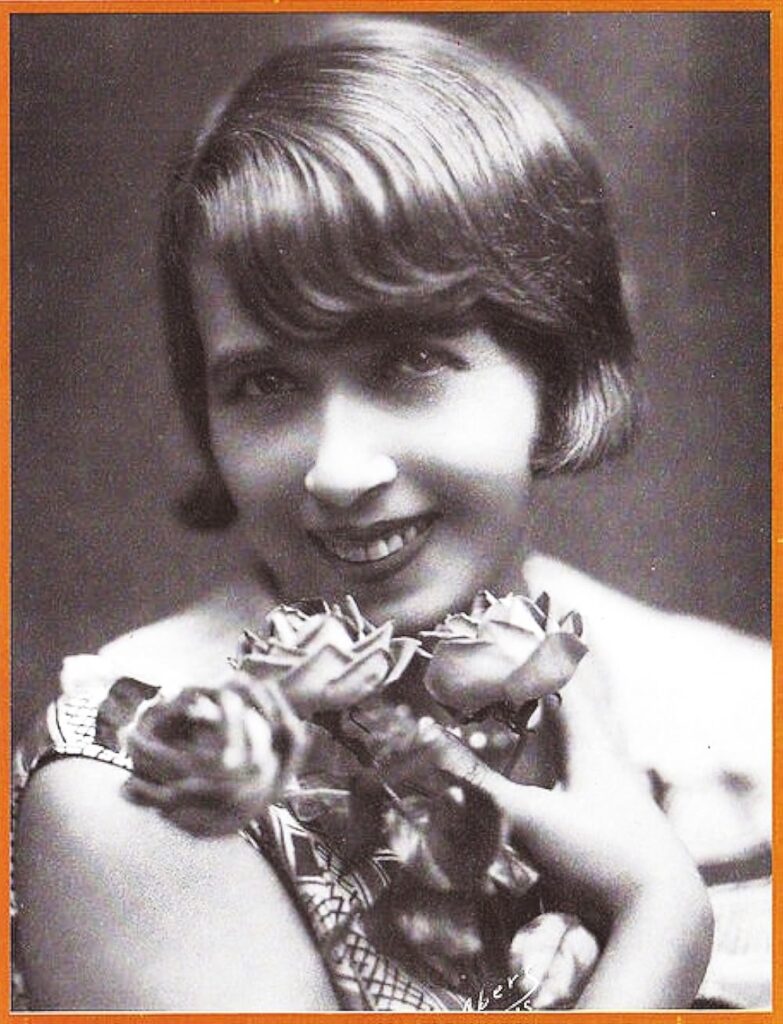Probably Not "A Portrait of Mistinguett"
Early History & Provenance
The 1976 book “The Guggenheim Museum Collection” states that the painting was purchased from
M. Axel, Paris by Pierre Granville in 1952, Early History Unknown — subsequently purchased by
the Guggenheim Museum in 1966.
Is This “A Portrait of Mistinguett”?
Simone Collinet stated that she had exhibited the portrait at her Galerie Fürstenberg in 1956, and
proposed at the time that it may have depicted Mistinguett. It is a little unclear, but possible that
Gabrièle Buffet-Picabia agreed with her assessment at that time. The basis for this identification
remains unclear, and no evidence has surfaced to explain how either of them arrived at that
conclusion. Evidently the painting was exhibited at that time, but never shown in the catalog.
In 1962 Pierre Granville received letters form both Gabrièle Buffet-Picabia and Denise de Lima
who both thought that the painting plausibly resembled Mistinguett. But after Picabia’s death in
1953, both Gabrièle Buffet-Picabia and Denise de Lima were protectors of his mythology—
and promoters of his market.
When comparing the painting to actual photographs of Mistinguett, I believe they may have been a
little optimistic in their assessments.




Inspired by Morée—1917
Assuming the premise that the drips and other marks in the background were inspired by
Morée, we can dispose of the erroneous 1907 date and confirm that a date of 1917 is correct.
This puts the painting squarely within the Dada time frame.
The 1976 Guggenheim book says that the signature and date were painted over some cracks
in the original paint film, causing some confusion and concern over why the painting might
have been signed and dated after the fact.
It is likely that in 1917 Picabia re-purposed an older canvas to transform his older painting into
“Jeanne Marie Bourgeois”, as a visual citation to Morée.
This would suggest that the Guggenheim was probably correct in their assessment that the woman
seems more in line with a 1908-1911 time frame.
“Jeanne Marie Bourgeois”
This painting may not only be a visual citation of Morée—it may also contain a phonetic one.
The name Jeanne Marie Bourgeois has long been assumed to identify the French performer Mistinguett.
But this rests on a persistent misreading: Mistinguett’s real name was Jeanne Florentine Bourgeois.
“Jeanne Marie Bourgeois” was never an alias or known variation.
The resemblance between Morée and Marie is striking—phonetically, visually, and conceptually.
The substitution of Marie for Florentine may not be an error, but a deliberate maneuver—
a hidden reference, veiled in plain sight.
I propose that Jeanne Marie Bourgeois is not a faithful identification of the sitter, but a symbolic, and
very Dada rewording of Mistinguett’s real name—likewise, the figure in the painting is not Mistinguett
herself, but a stylized embodiment of the Mistinguett “type”: bourgeois femininity staged as persona, the fashionable Parisian rendered as surface and sign.